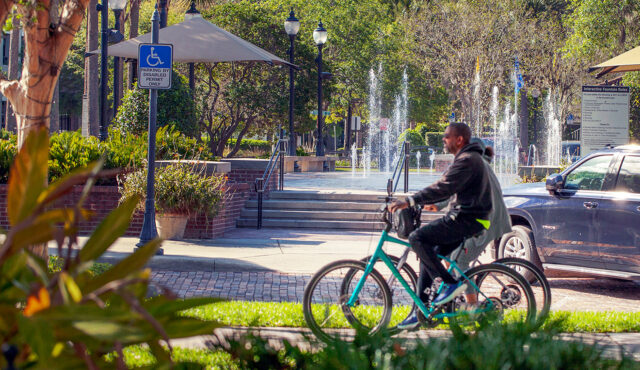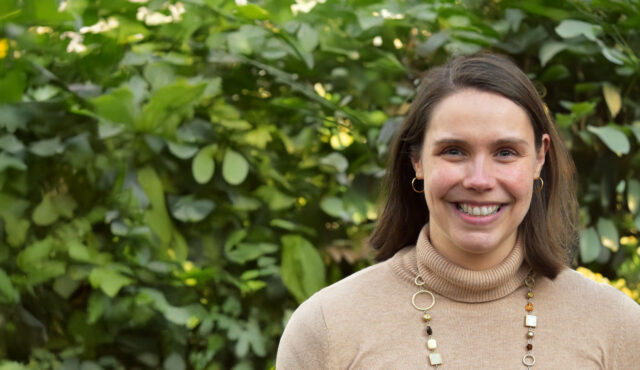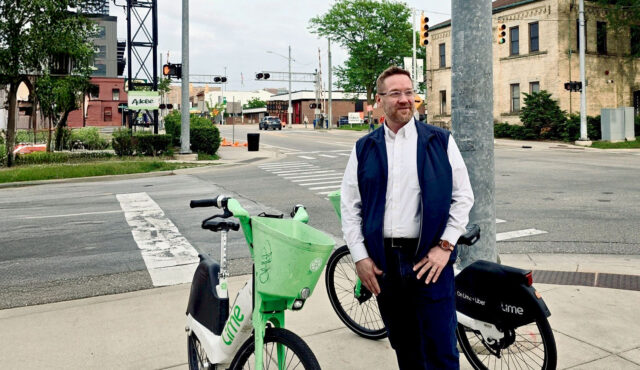Enforcing Social Distancing
Some of the most common questions in our recent webinar on rebalancing streets for people (see article below) relate to the role of law enforcement. Is it appropriate to use limited law enforcement resources to police people who are exercising, or in setting up road closures and barriers? Is an increased police presence helpful in many of the communities that are most vulnerable to the virus (and also most lacking in safe places to walk, bike, and run)?
The simple answer in both cases is “no.”
We want law enforcement and other first responders to focus exclusively on the pandemic. Initiatives such as Oakland’s 75 miles of Slow Streets don’t require complicated traffic controls, frequent set-up and tear-down, or a heavy police presence. Indeed, for reasons that pre-date COVID-19, an increased law enforcement presence may not be welcome in many Black and brown neighborhoods.
The goal of rebalancing streets is to provide as much opportunity as possible, as close to home as feasible, for people to be physically active while remaining safe and healthy. The goal is not to create a handful of popular destinations that encourage crowds and crowding. Where popular destinations are experiencing crowding—whether it’s outside a grocery store, at a transit stop, or in a park or recreation area—the goal should be to rebalance adjoining streets and corridors to expand the space available rather than to rely on law enforcement to take care of the issue.
We want to eliminate any unnecessary strain on the police or fire, ambulance and others. Which means we want to reduce traffic crashes, as well as domestic violence, suicides, depression and a host of other things — which we can do by enabling people to get outside and get some exercise. At some point, we have to rely on ourselves and our neighbors to behave appropriately. A well-placed traffic cone, barrier, or bollard can send a clear signal — especially if backed up by gentle peer pressure or accompanied by a cute hand-written sign.
Webinar Recap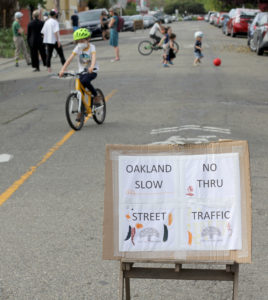
Thanks to the 1,000+ of you who joined the “Rebalancing Streets for People” webinar on April 2. The response was overwhelming and a clear indication of the huge demand for information on how to transform streets quickly in response to the urgent need for space for safe and healthy active transportation and recreation.
Our website has a recording of the webinar, a PDF of the slide presentation, and a host of additional resources that were referenced in the presentations as well some newer materials that you’ll find relevant and inspiring. We have also provided written answers to the more than 80 questions we received before and during the webinar – two of the most common issues you all raised are explored in this issue of Inspirations.
We’ve all been inspired by the remarkable stories from places as far afield as Oakland, CA and New Zealand in response to creating more space for walking, biking, and running; so much has happened in such a short time. There are several helpful compilation of examples from around the globe, including this one courtesy of NACTO.
Messaging Active Travel in the COVID era
Another frequently asked question we got on the Rebalancing Streets webinar was around the appropriateness of encouraging people to be active outdoors when everyone is being told to stay at home. Here are our responses.
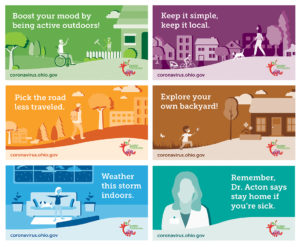
- Always follow the advice and guidance of your local health department – most stay at home or shelter in place orders allow for people to go outside for essential activities, including exercise.
- Outdoor exercise is highly recommended by health experts, most recently by the World Health Organization, both to help maintain physical and mental well-being during the crisis and as a strategy for reducing the risks and symptoms of the virus itself. NACTO hosted this excellent discussion featuring Dr. Keshia Pollack Porter.
- Physical distancing is critical while exercising outdoors and making essential trips. Messaging and signing should reiterate the need to keep at least six feet apart from others—more if you are running or riding faster than walking pace.
- Infrastructure for safe and healthy walking, running, and biking needs to enable people to maintain physical distancing without endangering themselves (e.g. by having to walk or run in a travel lane because the sidewalk or path is too narrow). Active transportation trips are being made by essential workers for whom transit is no longer an option as well as by people exercising-in-place.
- Changes to infrastructure should help disperse users, not encourage or require them to congregate in a handful of “safe” destinations or at essential locations such as grocery stores.
- These principles are especially important in communities most vulnerable to the virus—communities of color, for example, are most likely to have no or limited access to parks, trails, and streets with adequate sidewalks and bike infrastructure.
We are also happy to share these simple Public Service Announcements from the Ohio Department of Health as a good example of appropriate messaging. These were developed by Toole Design and distributed to local health departments along with specific instructions for posting on social media and sharing with local partners.
Recent Insights
- Frank Proulx, PhD, Toole Design’s Data Science Practice Lead, has been appointed to the Transportation Research Board Committee on Pedestrians. Discover Frank’s goals for this committee and his hopes for his own contributions in our recent blog post.
- Tamika L. Butler, Esq. challenged participants at CommuteCon to “think deeply about your role in integrating equity into your work,” leaves them with some concrete ways to approach equity in day-to-day life in and out of the office. Tamika’s slides are here, and we’ll soon have video of her presentation.
- You can watch Gwen Shaw and Jeremy Chrzan, P.E. reprise their Rebalancing Streets presentation with a Bay Area focus in this presentation hosted by the Metropolitan Transportation Commission, one of a series of three webinars on quick build initiatives.
- On April 3, Ernie Boughman, AICP was a guest of the Upstate Mobility Alliance and had this interesting conversation with them about the characteristics of active and livable communities, regional and national trends, and the current crisis’ impact on walking and biking.
